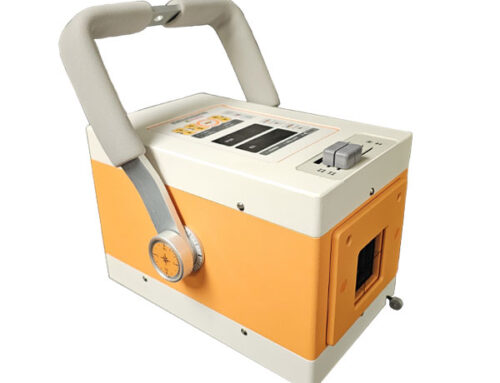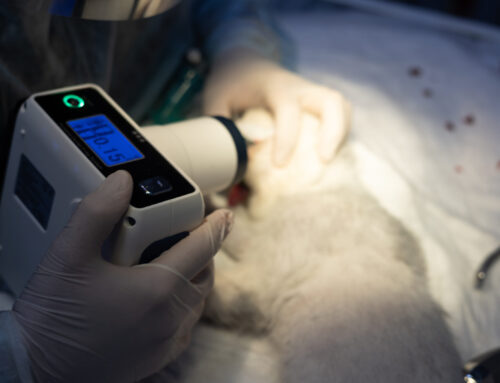There’s so much more to being a wildlife rehabilitator than a simple love of wildlife. Wildlife rehabilitators provide treatment and care to injured, sick or orphaned native species until they are well enough to be released.
Responsibilities
According to the National Wildlife Rehabilitators Association (NWRA), the primary duty of a wildlife rehabilitator is to examine injured wildlife and provide medical care and therapy to help them recover to the point at which they can be released. Typical duties may include feeding, cleaning cages, record keeping, accounting, fundraising, answering phone calls about injured animals and educating the public.
The wildlife rehabilitator should have a good working knowledge of wound management, fluid treatment, the nutritional needs of various species, and humane restraint and capture procedures.
Depending on their geographic location, rehabilitators may work with many species including deer, raccoons, woodpeckers, eagles, hawks, pelicans, herons, turtles, snakes, seals, hummingbirds, ducks, owls, bats, frogs, ferrets, geese, and swans.
Career Options
Wildlife rehabilitators can work for various governmental agencies, nonprofit groups, zoos, and humane societies. They may also have another primary occupation, working as a veterinarian, veterinary technician, zoologist, or biologist.
Rehabbers can elect to specialize or work with a variety of species. Some rehabilitators are involved with specialized emergency response teams that travel to areas where animals are in distress. The areas to which they are dispatched often include locations affected by oil spills, hurricanes, or wildfires.
Here’s a bullet list of the career opportunities available for wildlife rehabbers, courtesy of the International Wildlife Rehabilitation Council:
- Wildlife rehabilitators
- Marine mammal strandings
- Education Coordinators
- Wildlife Rehabilitation managers
- Volunteer coordinators
- Museum educators
- Raptor rehabilitators
- Animal care technicians
- Nutritionists
- Wildlife educators
- Oil program coordinators
- Animal hospital managers
- Veterinary directors
- Veterinarians
- Veterinary technicians
Training & Licensing
Wildlife rehabilitators must be licensed by the state and/or federal government to work in the field. There are many rules governing the care and capture of wildlife. You will need to get in touch with the appropriate agency to obtain the necessary permits. The best place to start seeking advice on the permit issue is generally the U.S. Fish and Wildlife Service.
Many wildlife rehabilitators have a degree in biology, animal behavior, animal science, or zoology; though a college degree is not required to work in this field. They also usually initially intern with experienced wildlife rehabilitator to gain a good foundation of hands-on experience. Volunteering with a wildlife veterinarian or at a large wildlife rehabilitation facility is also a great way to learn.
The International Wildlife Rehabilitation Council (IWRC) offers professional certification to those who pass the Certified Wildlife Rehabilitator (CWR) exam. Recertification is required every two years and is achieved through continuing education credits at seminars, conferences, and training classes.
Salary
Many wildlife rehabilitators work from home and receive little or no financial compensation. Volunteer positions with nonprofit organizations are also common.
For wildlife rehabilitators that are employed by an organization, salary is usually in the $25,000 to $35,000 range. Ask someone in the field and you’ll hear “I’m not in it for the money. The reward is in the release of a healthy animal.”
Salary can vary widely, depending on experience, geography, skill sets, etc. SimplyHired.com reports an average salary of $51,000 for managers and/or directors; Indeed.com cites salaries as high as $90,000.
Employment Outlook
Wildlife rehabilitation is one of the more recently established animal career options and has expanded to include more paying positions in recent years. According to NWRA surveys, demand for wildlife rehabilitation services has steadily increased throughout the years and is expected to continue to grow.
Next Month: Dealing with Sadness, FAQs, etc.
The content is not medical advise, nor is it intended to be a substitute for veterinary treatment or care. First, consult with your veterinarian before use.






